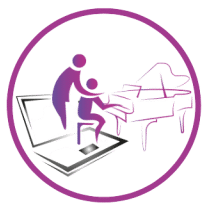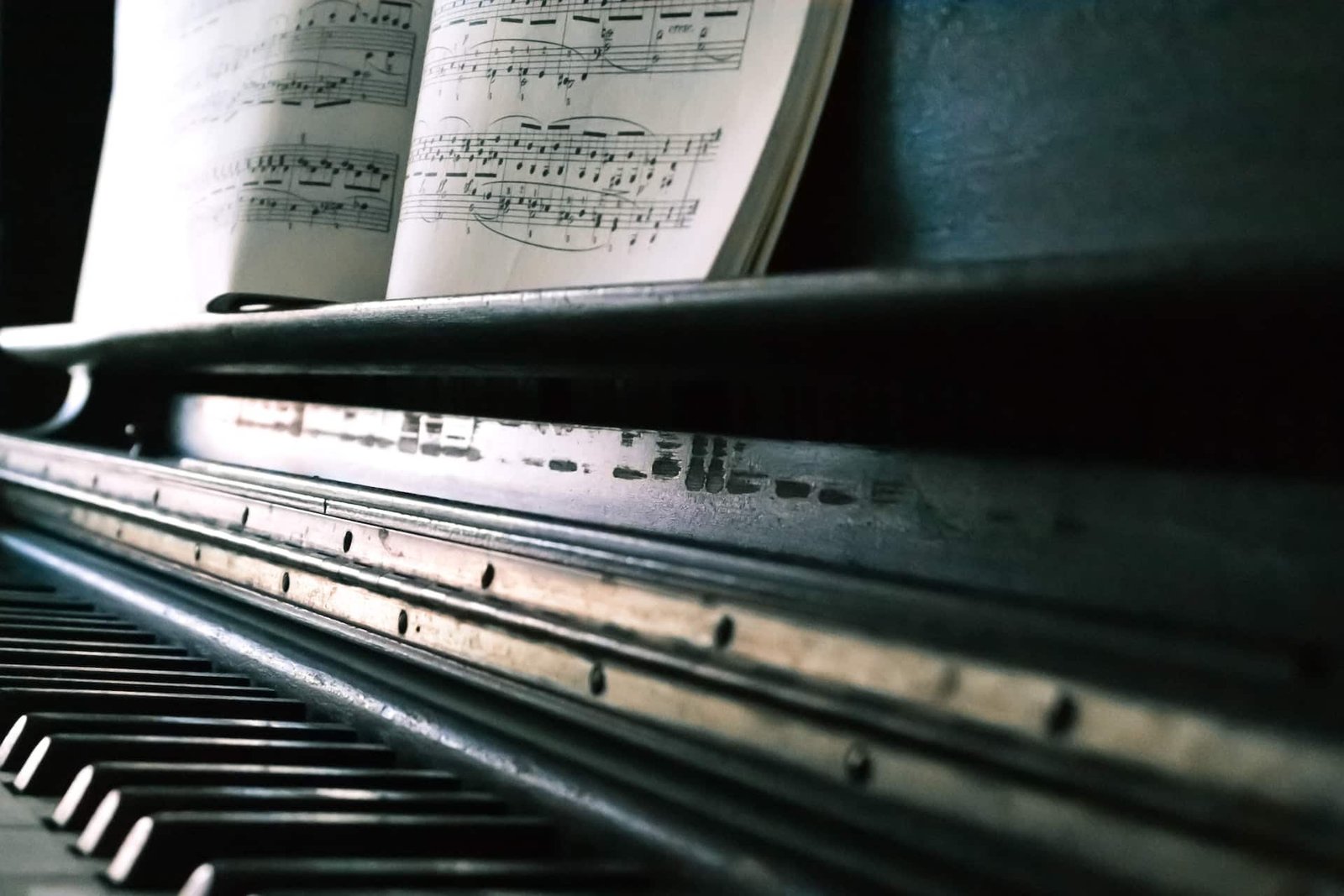The Many Benefits of Learning and Playing the Piano
Table of Contents
- Introduction
- Unlocking the World of Instruments with MIDI and the Piano
- Transferable Skills Across Keyboard Instruments
- Discipline and Concentration Through Piano Practice
- Enhancing Music Understanding Through Piano
- Boosting Confidence with Piano Performance
- Building Relationships Through Piano
- Conclusion
Introduction
The piano is one of the most beloved and versatile musical instruments in the world. Its rich history and unmatched musical potential have made it a staple in both classical and contemporary music. Beyond the music itself, learning and playing the piano offers numerous benefits that can enhance various aspects of your life. Whether you’re just starting or have been playing for years, this article aims to inspire you to continue your musical journey with the piano by highlighting the top five reasons to embrace this beautiful instrument.
1. Unlocking the World of Instruments with MIDI and the Piano
In the modern era of music production, MIDI (Musical Instrument Digital Interface) technology has revolutionized the way musicians interact with instruments. One of the greatest advantages of learning to play the piano is that it unlocks the ability to control a wide array of virtual instruments through MIDI.
Key Points:
- MIDI and Virtual Instruments: MIDI allows musicians to control virtual instruments ranging from synthesizers to orchestral ensembles. With a MIDI keyboard, which is often modeled after a piano, you can trigger and manipulate these virtual sounds.
- Proficiency Equals Versatility: Becoming proficient at the piano means you can effectively play and produce music using any MIDI-controlled instrument.
Table 1: Examples of Instruments Controlled via MIDI Keyboard
| Virtual Instrument | Typical Usage | Keyboard Considerations |
|---|---|---|
| Synthesizer | Electronic music production | Wide range of sounds; use of modulation wheels |
| Orchestral Strings | Film scoring, classical music | Expressive dynamics; avoid overuse of polyphony |
| Drum Kit | Rhythm sections | Velocity sensitivity for realistic performance |
| Brass (e.g., Trumpet) | Jazz, classical | Limit note range to mimic natural instrument |
Tip: While playing virtual instruments with a piano keyboard, it’s essential to understand the limitations of each instrument. For example, a trumpet typically plays one note at a time, so avoid playing chords that a real trumpet couldn’t produce.
2. Transferable Skills Across Keyboard Instruments
The skills you develop while learning the piano are transferable to other keyboard instruments. This is particularly beneficial for musicians who wish to explore different instruments or broaden their musical expertise.
Key Points:
- Chromatic Keyboard Layout: The piano’s layout is clean and intuitive, with each key representing a semitone interval. This layout is shared by other keyboard instruments such as the organ, marimba, and certain synthesizers.
- Cross-Instrument Proficiency: Learning the piano enables you to adapt quickly to other keyboard instruments, as the note layouts and playing techniques are often similar.
Table 2: Comparison of Common Keyboard Instruments
| Instrument | Sound Production Method | Keyboard Layout | Example Genres |
|---|---|---|---|
| Piano | Hammer strikes strings | Chromatic | Classical, jazz, pop |
| Organ | Air flows through pipes | Chromatic | Gospel, rock, classical |
| Marimba | Mallets strike wooden bars | Chromatic | Percussion ensembles |
| Synthesizer | Electronic sound generation | Chromatic | Electronic, pop |
By mastering the piano, you set yourself up for success in playing these and other keyboard-based instruments.
3. Discipline and Concentration Through Piano Practice
Learning to play the piano requires a significant investment of time, effort, and mental focus. These demands foster the development of discipline and concentration—skills that are valuable not only in music but in all areas of life.
Key Points:
- Structured Practice: Regular practice is key to mastering the piano. This structured approach cultivates discipline as you work consistently toward improvement.
- Mental Focus: Piano playing demands concentration, particularly when reading music, coordinating both hands, and expressing the nuances of a piece.
Chart 1: The Relationship Between Practice Time and Skill Development
This chart could illustrate how consistent practice over time leads to gradual improvement in skill level, highlighting the importance of discipline in the learning process.
4. Enhancing Music Understanding Through Piano
The piano is an exceptional tool for understanding music theory and developing a deeper appreciation for music as a whole. Its wide range and polyphonic capabilities make it ideal for exploring complex musical concepts.
Key Points:
- Visual and Auditory Learning: The piano’s layout allows you to see and hear musical intervals, chords, and scales clearly, making it an excellent instrument for learning music theory.
- Comprehensive Range: With 88 keys spanning seven octaves, the piano provides a full spectrum of pitches, allowing for a rich exploration of harmony and melody.
Table 3: Comparison of Piano and Other Instruments for Learning Music Theory
| Instrument | Polyphony | Range (Octaves) | Visual Learning | Ideal for Theory? |
|---|---|---|---|---|
| Piano | 88 notes | 7+ | Yes | Yes |
| Guitar | 6 strings | 4 | Limited | Somewhat |
| Saxophone | 1 note | 2.5 | No | No |
| Violin | 4 strings | 4 | Limited | Somewhat |
Learning music theory on the piano provides a solid foundation that can be applied to other instruments and musical endeavors.
5. Boosting Confidence with Piano Performance
As you progress in your piano studies, your ability to play increasingly complex pieces will boost your confidence. This newfound confidence can have a positive impact on other areas of your life as well.
Key Points:
- Immediate Feedback: The piano offers instant auditory feedback, allowing you to assess your progress and make adjustments in real-time.
- Performance Opportunities: Playing for others, whether in a formal concert or a casual setting, helps build confidence and overcome performance anxiety.
Chart 2: Confidence Growth Through Piano Learning
This chart could show the correlation between time spent practicing the piano and the increase in confidence, illustrating how consistent effort leads to greater self-assurance.
6. Building Relationships Through Piano
Music is a social art, and the piano is no exception. Whether you’re playing solo or with others, learning the piano can help you forge meaningful connections with fellow musicians and music enthusiasts.
Key Points:
- Social Opportunities: From teacher-student relationships to jam sessions with friends, playing the piano opens doors to new social interactions.
- Professional Networking: If you pursue music professionally, the piano can introduce you to a network of venue owners, music directors, and other industry professionals.
Table 4: Types of Relationships Fostered Through Piano Playing
| Relationship Type | Description | Example Scenarios |
|---|---|---|
| Teacher-Student | Guided learning and mentorship | Piano lessons, music theory classes |
| Jam Friends | Casual music-making with peers | Informal jam sessions |
| Performance Collaborators | Professional music-making and networking | Orchestra, band performances |
By engaging in these social interactions, you can deepen your love for music while building lasting relationships.
Conclusion
Learning and playing the piano offers countless benefits, from developing transferable skills and improving discipline to boosting confidence and fostering relationships. Whether you aim to become a professional musician or simply enjoy the piano as a hobby, this instrument has the power to enrich your life in many ways. As you continue your journey with the piano, remember that each note you play brings you closer to mastering this beautiful art form and unlocking new opportunities in your musical and personal life.


[…] best to learn music fundamentals first before exploring advanced music theory. The building blocks that form musical […]